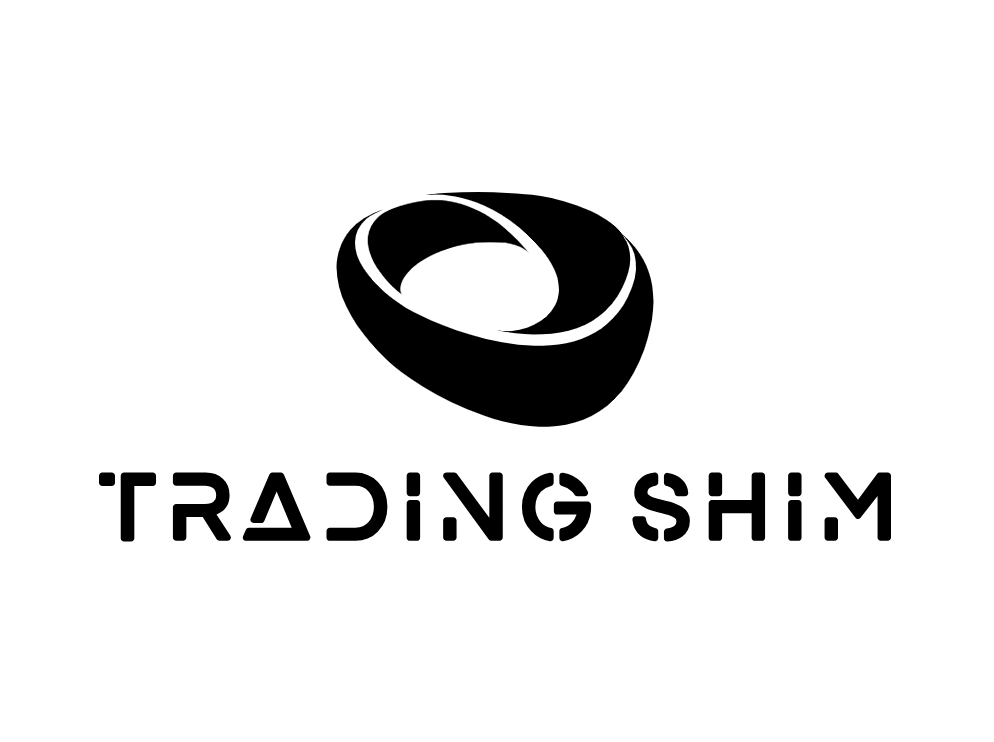Quant trading might sound a bit tricky, but really, it’s all about using data, math, and computer algorithms to make better choices while trading. If you’ve ever thought about how those big trading firms or hedge funds pull off super-fast trades or keep making money in the markets, well, quant trading is usually their secret sauce.
Let me break it down simply so you can get what quant trading is and how it works.
What is Quant Trading?
So, quant trading is this style of trading that entirely relies on mathematics models and number crunching rather than simply following your guts or instincts. Traders utilize computer programs to dive deep into massive piles of market data-like stock prices, volume of trading, or economic indicators-and make calls based on patterns or trends that perhaps human beings can miss.
How Does Quant Trading Work?
- Data Collection
Quant traders gather a lot of data, such as historical stock prices, market trends, and even news headlines. The more data, the better, because it helps identify patterns. - Building a Strategy
Traders develop a set of rules, or an algorithm, based on historical data. For example, an algorithm might decide to buy a stock if its price drops by a certain percentage and sell it if the price rises by another percentage. - Backtesting
Before going live, the algorithm is tested using historical data to see how it would have performed in the past. If the results are promising, it moves to the next stage. - Execution
Once the algorithm is ready, it can execute trades automatically without human intervention. Because computers are fast, they can make decisions in fractions of a second—much faster than a human trader. - Monitoring and Tweaking
Markets change all the time, so traders continuously monitor the algorithm’s performance and make adjustments if needed.
Who Uses Quant Trading?
Quant trading is popular among hedge funds, investment banks, and proprietary trading firms. However, individual traders are increasingly using it too, thanks to the availability of trading platforms and tools that make algorithmic trading more accessible.
What Are the Benefits of Quant Trading?
- Speed: Algorithms can process vast amounts of data and execute trades much faster than humans.
- Accuracy: By removing emotions from the equation, quant trading reduces the risk of making impulsive or irrational decisions.
- Scalability: Algorithms can handle multiple trades and monitor different markets simultaneously, something a single person could never do.
- Backtesting: Strategies can be tested on historical data to estimate their effectiveness before risking real money.
Are There Any Drawbacks?
While quant trading has its advantages, it’s not without challenges:
- Complexity: Developing a successful algorithm requires expertise in math, coding, and financial markets.
- Cost: Accessing high-quality data and building reliable systems can be expensive.
- Market Risks: Even the best algorithms can fail during unexpected market conditions.
Is Quant Trading for You?
If you’re new to trading, you don’t need to dive into quant trading right away. However, if you enjoy numbers, data analysis, and problem-solving, it could be a good fit. Many beginner-friendly tools and platforms can help you learn the basics without needing a degree in computer science.
Conclusion
Quant trading is about applying data and technology to make better choices regarding your trading. While it does look somewhat daunting, it is a great field which is continuously growing. The financial markets are constantly undergoing evolution and changes, and becoming informed on this aspect is quite significant either if one wants to be an expert in the field of trading or is simply enthusiastic.


Leave a Reply